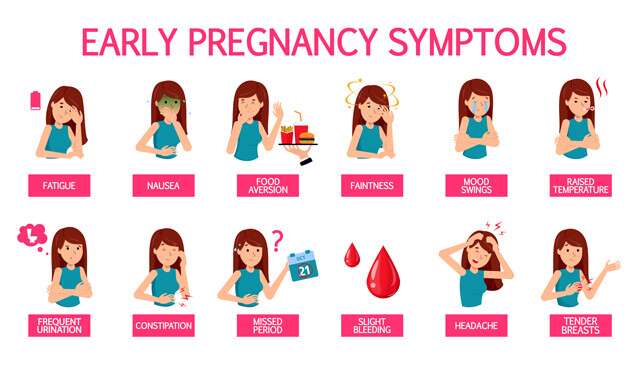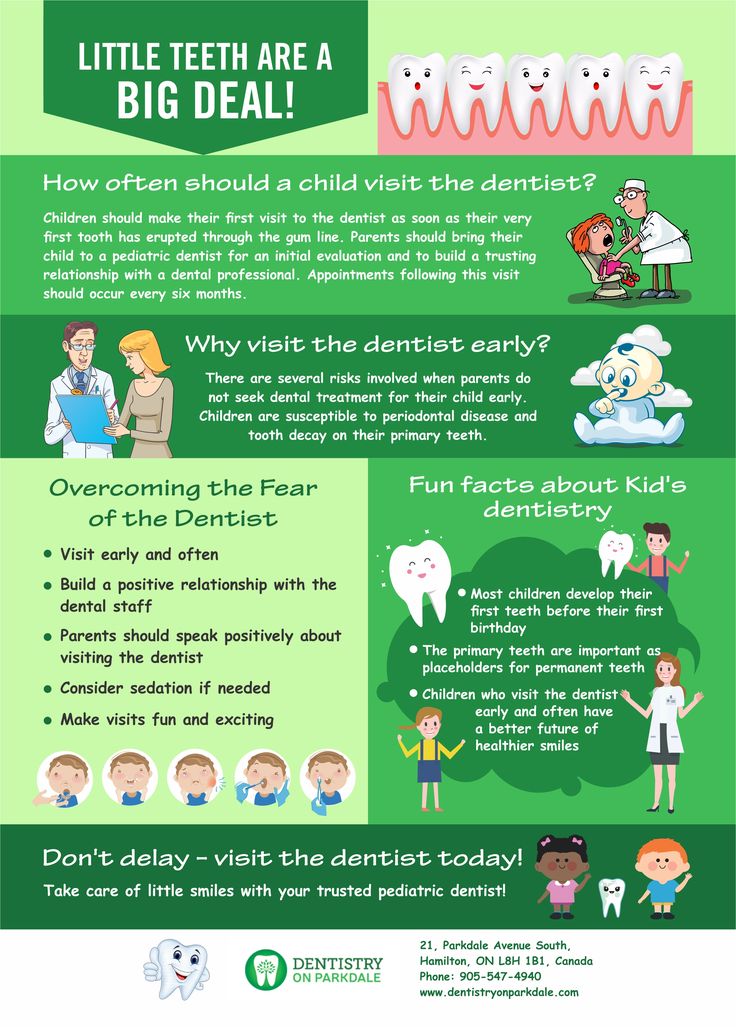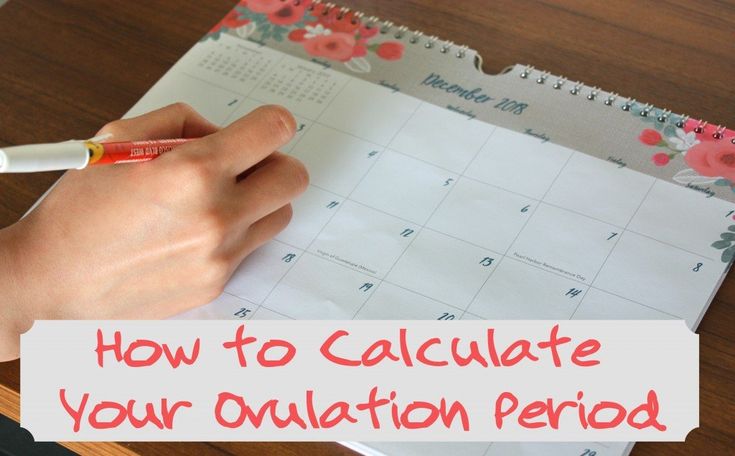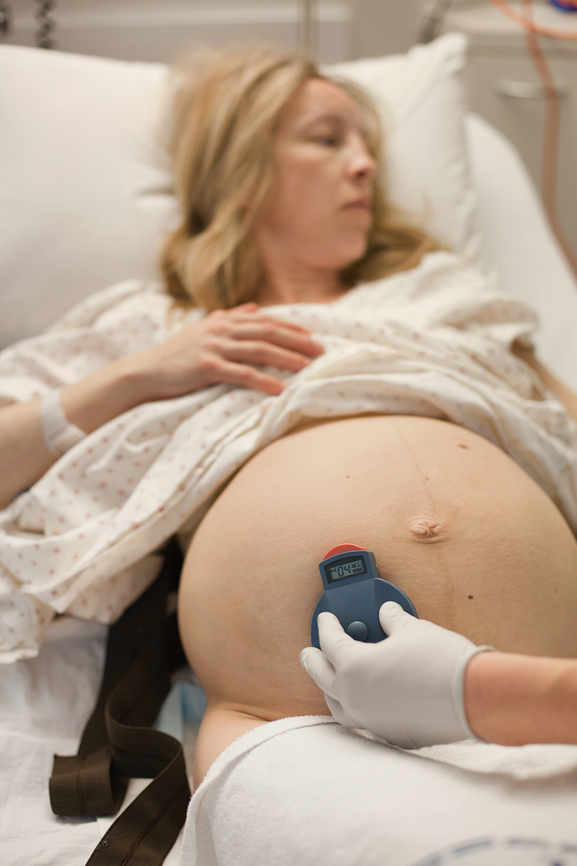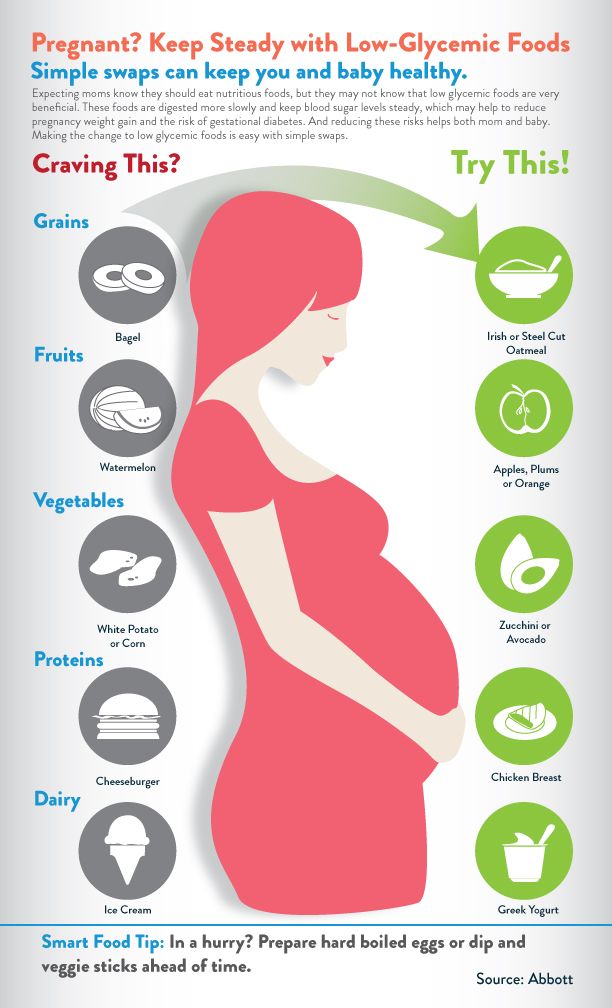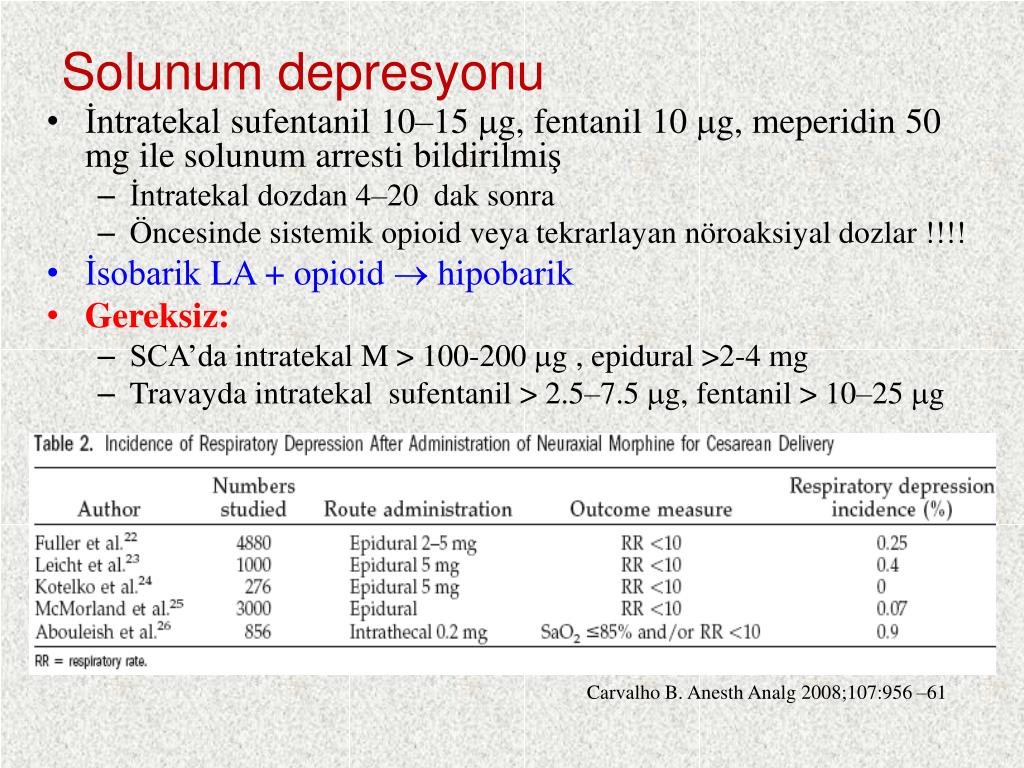Pregnancy how soon nausea
When does morning sickness start?
Nausea is a well-known symptom of pregnancy, affecting at least 70% of expecting mothers. Also called morning sickness, nausea usually begins at around six weeks, peaks between weeks 8-11, and typically fades near the end of the first trimester. However, some women experience nausea as both a second trimester and third trimester symptom.
The early weeks of pregnancy can be an exciting and confusing time. You’re beginning a journey that involves many physical and emotional changes,, and you don’t always know how you’ll feel from one day to the next. But we’re here to help you understand the changes you’re going through, and morning sickness can be one of the most noticeable.
Below, we cover what to expect and what you can do to find some relief from this common pregnancy symptom.
What is morning sickness and what are the symptoms?
Morning sickness is a feeling of nausea, sometimes also accompanied by vomiting. It can be one of the earliest signs of pregnancy for many women, appearing a couple weeks after a positive pregnancy test.
Despite being called morning sickness, nausea in pregnancy can happen at any time of day. Women often feel the most nauseous on an empty stomach, which is most apparent when you wake up after not eating all night, hence how it got its name.
Symptoms of morning sickness frequently occur on their own, but can also be triggered by certain foods, smells, heat, stress and other factors. The feeling can range from slight queasiness, like being a little carsick, to more intense nausea and vomiting.
Can you be pregnant and not have morning sickness?
Morning sickness is made out to be very common in movies and television, and it is. But it’s also possible to be pregnant without experiencing it. Three out of 10 pregnant women don’t experience morning sickness, so it’s not rare or concerning if that’s the case.
The same goes for aversions to certain foods or smells. Every pregnancy is unique, so not every pregnant woman will experience the same symptoms. If you think you could be pregnant but aren’t experiencing morning sickness or other symptoms, taking a pregnancy test is the only way to find out for sure.
What causes morning sickness?
While the exact cause isn't well understood, many doctors believe morning sickness happens because of hormones. The pregnancy hormone human chorionic gonadotropin (hCG) reaches its highest level around the same time morning sickness is most severe. And, increases in the hormones estrogen and progesterone can make it harder for your body to digest food, adding to stomach discomfort.
When does morning sickness start?
If you’re one of the many pregnant women who experience morning sickness, you may start feeling nauseous somewhere around the sixth week of your pregnancy, typically two weeks after your first missed period. Symptoms may appear gradually or seem to happen overnight.
Is it normal to be nauseous all day when pregnant?
Don’t be fooled by the name. Morning sickness doesn’t only happen in the morning, and it’s very normal for it to last all day. No two women experience it in the same way. Also, some women who had morning sickness in their first pregnancy may not have any nausea at all in their second, and vice-versa.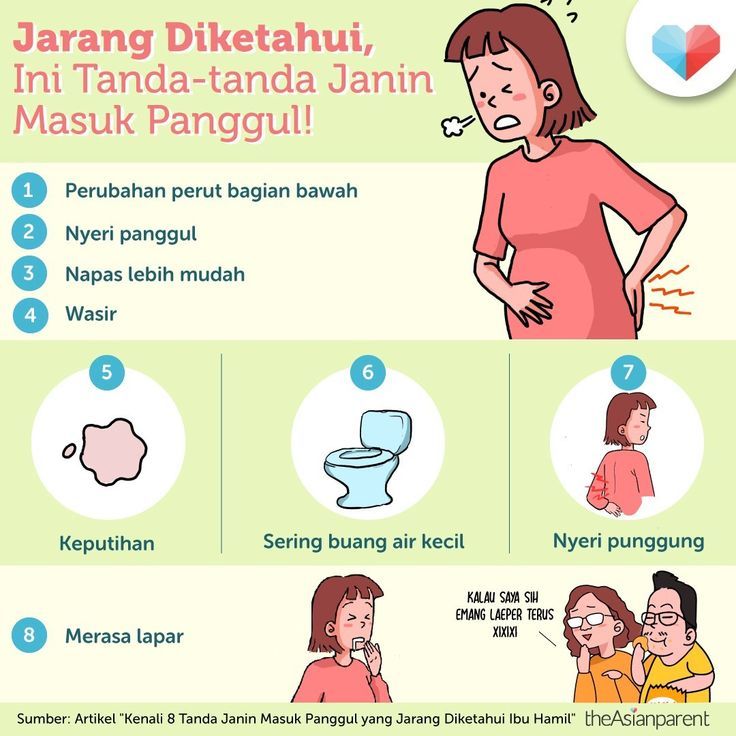
When does morning sickness end?
Morning nausea usually peaks between weeks 8-11, and typically fades by the end of the first trimester. However, some women can experience nausea in their second trimester, and some even notice nausea near the end of pregnancy.
If your morning sickness lasts beyond your first trimester, you may be more sensitive to the effects of hormonal changes during pregnancy. Or you may just have a more delicate stomach. But it’s a good idea to bring up your morning sickness with your doctor or midwife to learn about your options for relief.
Hyperemesis gravidarum (HG)
If you’re throwing up more than two to three times a day and aren’t able to keep anything down, you may have hyperemesis gravidarum (HG), a form of severe morning sickness. Some cases can be treated with pressure-point wristbands, like those worn to prevent motion sickness. In other cases, you might need medication, bed rest or intravenous (IV) fluids to help reduce or eliminate symptoms.
Many women tolerate morning sickness because they know that nausea in pregnancy is very common, however they may not realize that severe vomiting is not as normal and requires attention. That’s why it’s important to know the signs of HG. Talk to your care provider right away if you are vomiting so much that you:
- Become persistently dehydrated
- Can’t keep any foods or liquids down for 24 hours
- Feel weak, dizzy or faint and/or lightheaded
- Lose three or more pounds in a week
It’s important to know what’s normal and what’s not. If you have any concerns about your morning sickness, our experienced team of OB-GYNs and midwives can help you get personalized care that’s right for you.
Is morning sickness bad for the baby?
It’s natural to wonder about whether your nausea and loss of appetite could be harmful to your baby. But rest assured, if you’re still able to eat and stay hydrated, your baby will still get all their needed nutrients.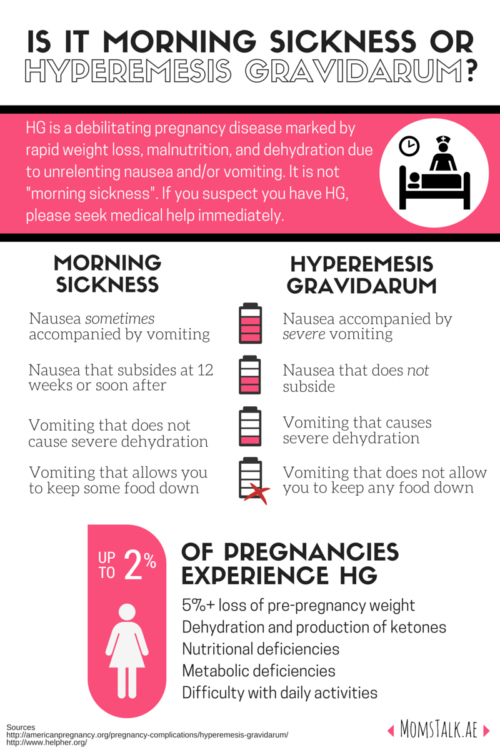 In rare and severe cases of morning sickness, your doctor or midwife will work to ensure that you and baby are getting the necessary nutrition and hydration to stay healthy.
In rare and severe cases of morning sickness, your doctor or midwife will work to ensure that you and baby are getting the necessary nutrition and hydration to stay healthy.
What can I do to find relief from pregnancy nausea?
You don’t have to tough it out and wait for the day your morning sickness subsides. There are plenty of simple, safe and effective strategies you can try to combat nausea.
Eat smaller meals throughout the day
Having an empty stomach for too long can make anyone feel sick. Eating small snacks throughout the day in between larger meals can keep you from feeling queasy. But remember, eating too much can make you feel just as nauseous. It’s all about finding a balance that will keep you feeling good.
Avoid trigger foods
Some food and drinks are difficult to digest and may make you feel sicker. Try to stay away from caffeine, acidic foods such as tomatoes, and greasy or spicy foods.
Iron supplements can also contribute to nausea and constipation, so talk to your doctor or midwife if you’re taking one.
Try the B.R.A.T. diet
If you can’t seem to find anything that agrees with you, try these foods that are bland and easy to digest: bananas, rice, applesauce and toast.
Stay hydrated
Drink a lot of fluids. In addition to water, sports hydration drinks, broth and juice can help replace nutrients that you may lose from vomiting.
Consume ginger
Eating and drinking foods with ginger can help calm the feelings of nausea. Easy options include ginger ale, ginger hard candy, ginger lollipops or ginger tea.
Take a vitamin B6 supplement
Though it may already be present in your prenatal vitamin, taking additional vitamin B6 has shown to be effective in reducing nausea during pregnancy. You can take up 25 to 50 mg of vitamin B6 per day, but it’s best to talk to your care provider before taking additional supplements.
Wear a wristband
As mentioned above, there are a variety of wristbands available over the counter that are designed to prevent motion sickness. They work by applying pressure to specific pressure points that can help ease nausea.
They work by applying pressure to specific pressure points that can help ease nausea.
Experiment with different temperatures
You may have an easier time eating or drinking cold foods and beverages, or your stomach may feel calmer after a hot meal. Room temperature or warm food and drinks can sometimes cause nausea.
Keep a morning sickness record
What time of day does nausea strike? What are you doing when it does? By tracking your symptoms, you just might identify triggers that make you queasy – like certain foods or smells – so you can avoid them going forward.
Pack the essentials
If morning sickness does end up causing you to vomit, you can make it easier by carrying a few supplies with you. Feeling prepared by bringing a toothbrush and toothpaste, mouthwash, a backup shirt and even a plastic bag can give you peace of mind and make morning sickness feel more manageable.
Ask your doctor or midwife about finding relief from pregnancy nausea
These remedies may not work for everyone, and there are other solutions for more persistent symptoms. Talk to your care provider about anti-nausea medications that are safe to take while pregnant.
Talk to your care provider about anti-nausea medications that are safe to take while pregnant.
While morning sickness can be a challenging part of any pregnancy, it’s also a sign that your body is doing what it needs to support your growing baby. That said, you shouldn’t have to suffer through pregnancy nausea that interferes with your daily life and your ability to be present at work or with family.
Fortunately, there’s help available to make your pregnancy a bit smoother and more comfortable. If you’d like to explore your options for improving symptoms of pregnancy nausea, our women's health experts are here to help.
When To Take, Types & Accuracy
Overview
How Does a Pregnancy Test Work?What is a pregnancy test?
A pregnancy test is a way to determine if you’re pregnant. If your pregnancy test is positive, it means you’re pregnant. If the test is negative, it means you aren’t pregnant. Pregnancy tests work by detecting human chorionic gonadotropin (HCG), a hormone your body makes when you’re pregnant.
From the very beginning of pregnancy, your body starts to go through changes to support the cells that will develop into your baby. One thing that happens very quickly is the production of HCG. If you’re pregnant, your body starts to produce more HCG. Your HCG levels start to build up once the fertilized egg implants in your uterus — about six to 10 days after conception.
There are two main types of pregnancy tests — urine tests and blood tests. Often, you’ll take a urine test at home with a home pregnancy test. This type of test is available over the counter (you don’t need a prescription from your healthcare provider) and in a variety of price ranges. Blood tests to check for pregnancy happen in your healthcare provider’s office and involve giving a sample of your blood. The other way to confirm a pregnancy is by using an ultrasound. Your provider performs an ultrasound in their office.
There are several reasons why you might take a pregnancy test. You could be trying to get pregnant and hoping for a positive result. You might have experienced an issue with your birth control. You might even be about to have a medical procedure or start a new medication that could be complicated by pregnancy. No matter what the reason, if you ever have any questions about your test results, the best thing to do is reach out to your healthcare provider.
You might have experienced an issue with your birth control. You might even be about to have a medical procedure or start a new medication that could be complicated by pregnancy. No matter what the reason, if you ever have any questions about your test results, the best thing to do is reach out to your healthcare provider.
What hormone levels are checked for a pregnancy test?
Pregnancy tests look for an elevated amount of HCG. Levels of HCG rise quickly – doubling every few days in the first weeks of pregnancy. The placenta produces HCG. Only pregnant people have a placenta, which develops shortly after a fertilized egg attaches to your uterine wall.
When should I take a pregnancy test?
If you think you could be pregnant, it’s a good idea to take a test and make sure. Home pregnancy tests can differ in how early they’ll detect a pregnancy. In many cases, you might get a positive result from an at-home test as early as 10 days after conception. For a more accurate result, wait until after you’ve missed your period to take a test.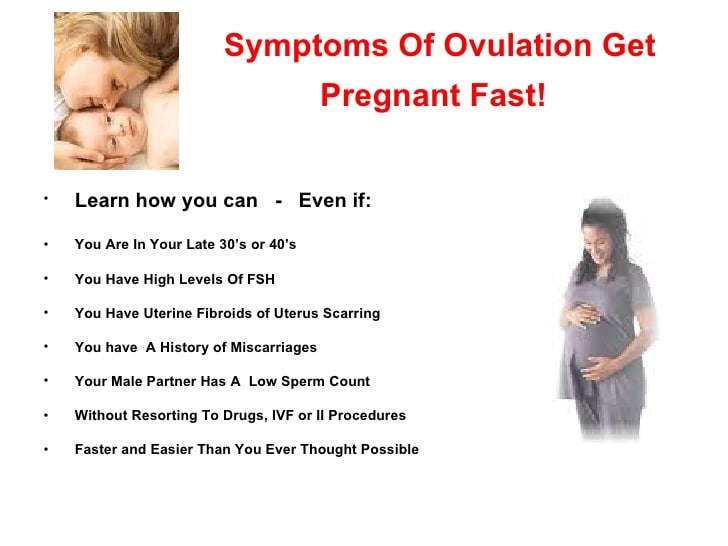 Remember, if you take a test too soon, it could be negative even if you’re pregnant. If you get a negative test and then miss your period, take another test.
Remember, if you take a test too soon, it could be negative even if you’re pregnant. If you get a negative test and then miss your period, take another test.
What time should I take a pregnancy test?
In general, the best time is when you have your first morning pee. However, some pregnancy tests are sensitive enough to detect HCG no matter what time of day you take the test. When possible, try to wait until it’s been three hours since your last pee before you take the test. You could also take two pregnancy tests to confirm you get the same result.
Test Details
How do pregnancy tests work?
When you take a pregnancy test, it’s looking for the amount of human chorionic gonadotropin (HCG) in your body. You can find HCG in your pee or blood. HCG needs time to build up in your body. Each day of early pregnancy, your body will create more HCG. As the weeks go on, you’ll have more and more HCG in your body, which will make it more likely that a pregnancy test will show as positive.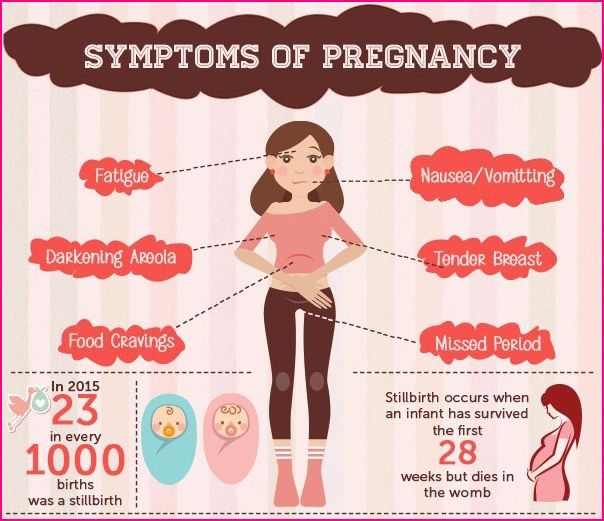 This means if you take a test too soon, it will come back negative.
This means if you take a test too soon, it will come back negative.
Pregnancy tests work by reacting to the amount of HCG in either your pee or blood. In a urine test, a piece of reactive paper detects the HCG. This test might show a plus sign, double vertical lines or even the word “pregnant.” Different tests will show a positive result in unique ways. Read the directions that come with the test to know what a positive result will look like. For example, most tests have a control window that shows up first. Seeing a symbol in this window will tell you that the test is working. Keep in mind that different brands of tests will take different amounts of time to show a result.
If you take a blood test, your provider will take a sample of your blood and send it to a lab. The lab will determine the amount of HCG in your blood. Your provider will contact you with your results.
What are the different types of pregnancy tests?
There are two main types of pregnancy tests: urine and blood tests.
Urine tests are typically done at home — though you can have a urine test done at your healthcare provider’s office — while your provider performs a blood test.
At-home pregnancy test
An at-home test uses your pee to look for HCG. They contain special strips that detect HCG. Most at-home pregnancy tests are about 99% effective when used correctly. That’s about the same accuracy rate as pregnancy tests done in your healthcare provider’s office. These tests are available in most drug or grocery stores. They’re easy to use and inexpensive. It’s important to read the instructions on these tests before taking them.
There are three ways to take an at-home pregnancy test:
- Pee in a clean cup. Then, place one to several drops of your pee on a chemical strip.
- Place the pregnancy test strip in your urine stream while you pee.
- Pee in a clean cup and then dip the test strip in the pee while it’s still in the cup.
For many of these tests, HCG can be detected in your urine about 10 days after conception. However, taking it after you miss your period reduces the chance of getting a false-negative result. A missed period typically happens around 14 days after conception.
However, taking it after you miss your period reduces the chance of getting a false-negative result. A missed period typically happens around 14 days after conception.
There are a few things to keep in mind when you take a home pregnancy test, including:
- Use your first morning pee if you can. This is the time of day when your HCG levels will be the most concentrated and easily detected. If you do it at another time of day, try to make sure your pee has been in your bladder for at least three hours.
- Don’t drink excessive amounts of fluids before you take a pregnancy test. This can dilute (thin out) your HCG levels.
- Check the expiration date on the package.
- Read the directions that come with the test thoroughly before starting the test, and follow every step exactly.
Blood test
Another type of pregnancy test is a blood test. Blood tests are rarely done because they’re expensive and tend to have the same result as a urine test.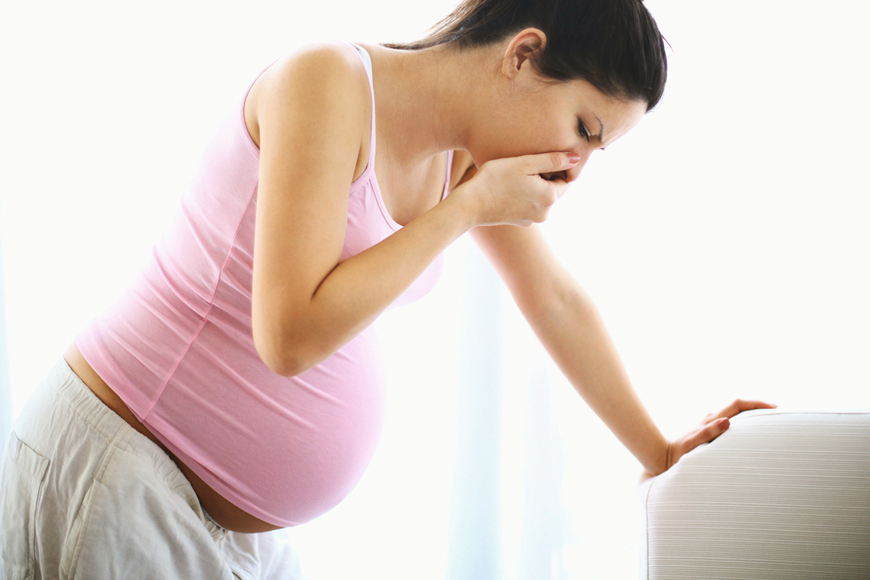 This type of pregnancy test is done using a small sample of blood from a vein in your arm. This blood test not only detects whether the pregnancy hormone is in your body, but can also determine how much of the hormone is present. This is helpful for when your provider needs to know the exact amount of HCG in your blood, not just if there’s HCG in your blood.
This type of pregnancy test is done using a small sample of blood from a vein in your arm. This blood test not only detects whether the pregnancy hormone is in your body, but can also determine how much of the hormone is present. This is helpful for when your provider needs to know the exact amount of HCG in your blood, not just if there’s HCG in your blood.
A blood test for pregnancy might be done in special circumstances, such as for people who are having fertility treatments or when the healthcare provider thinks there might be a problem.
These blood tests are slightly more sensitive than urine tests because they can detect very small levels of HCG. That means they can provide a more accurate answer very early on in pregnancy — within seven to 10 days after conception. For this test, your blood sample is taken at your provider’s office or the hospital, then sent to a lab for analysis. Results might take anywhere from a few hours to two days.
Your provider might also choose to use a blood test to compare HCG levels during the pregnancy. Your HCG levels usually double about every two days during the first few weeks of pregnancy. If the levels don’t rise, it might suggest a problem with the pregnancy. Extremely high HCG levels might mean that you’re carrying twins or that there’s an issue with the pregnancy.
Your HCG levels usually double about every two days during the first few weeks of pregnancy. If the levels don’t rise, it might suggest a problem with the pregnancy. Extremely high HCG levels might mean that you’re carrying twins or that there’s an issue with the pregnancy.
Are all home pregnancy testing methods the same?
Most brands of at-home pregnancy tests are reliable. Although the exact testing method of different pregnancy tests can differ from one type to the other, they all look for HCG in your body. If you’re using an at-home test, most will give you the same result. The difference with your at-home tests will be the sensitivity of the test. Some might be more sensitive than others and produce a positive result (detect HCG in your urine) sooner than others. For the most accurate reading, it’s still recommended that you wait until you’ve missed your period. At that point, all tests should be accurate.
What are the advantages of using a home pregnancy test?
There are quite a few advantages to using a home pregnancy test, including:
- Pregnancy tests are inexpensive.

- They’re easy to use.
- Home tests provide results quickly.
According to pregnancy kit manufacturers, most at-home pregnancy tests are 98% to 99% accurate when you use them exactly as instructed. Positive results can be trusted, but you can get a false negative result if you take the test too soon.
Blood tests tend to be more expensive and inconvenient. However, blood tests can detect pregnancy sooner and are the only tests to show specific amounts of HCG in your body.
Is there anything you shouldn’t do before a pregnancy test?
Most pregnancy tests don’t ask you to avoid activities or change your lifestyle. The only medication that may interfere with your results is fertility medication containing HCG.
Here are some helpful tips you should follow for the best results:
- Read the instructions carefully before doing anything.
- Wait until you miss your period to take the test.
- Use your first pee or pee from a full bladder.
 Chugging water before your test in order to pee may affect your results.
Chugging water before your test in order to pee may affect your results.
Results and Follow-Up
How long does it take to get results of a pregnancy test?
Each home pregnancy test is different. Read the instruction manual carefully. It will tell you how many minutes to wait for your result. In most cases, you can expect to wait three minutes for your result. Keep in mind that if you wait too long to check your result, it may be inaccurate.
Even a faint line on a pregnancy test could mean you’re pregnant. Your test will also have a control window that indicates that you took the test correctly. The instructions with your test will outline all of this. If you have any questions or remain unsure of your result after several tests, please contact your healthcare provider.
A faint line is different than an evaporation line. An evaporation line may appear if you wait too long to check your results — meaning your pee is dry. Most tests ask you to read your results before 10 minutes.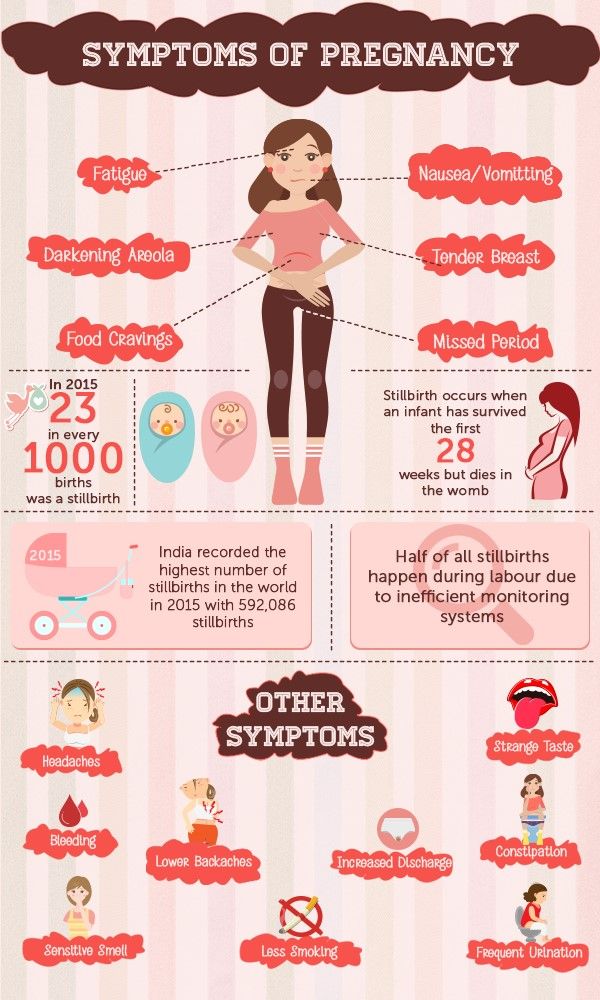 This ensures the pee doesn’t dry up and you don’t get an evaporation line.
This ensures the pee doesn’t dry up and you don’t get an evaporation line.
How soon will a pregnancy test be positive?
It depends on which type of test you use. Some at-home pregnancy tests may be able to detect pregnancy before you miss your period. However, if you want the most accurate result, it’s best to wait until you have missed your period.
How accurate are pregnancy tests?
Pregnancy tests are about 99% accurate when you use them correctly.
How common are false results on pregnancy tests?
False results — either a false negative or a false positive — mainly happen due to using the test incorrectly. The main reason for a false-negative is testing too early. You might also get a false-negative if you use a home test incorrectly, such as using too much or too little pee. It’s important to follow the directions on your test kit to make sure you get an accurate result.
Can a positive test be wrong?
A false positive is rare, but it can happen. This may be the case if you experience a chemical pregnancy or lose the pregnancy shortly after the fertilized egg attaches to your uterine wall.
This may be the case if you experience a chemical pregnancy or lose the pregnancy shortly after the fertilized egg attaches to your uterine wall.
What type of pregnancy test confirms pregnancy first?
A blood test confirms pregnancy first because it can detect a smaller amount of HCG as compared to a test that uses your pee.
Are there any medications that can change the result of my pregnancy test?
For the most part, medications don’t change your pregnancy test results. Antibiotics, pain relievers and alcohol don’t impact your test results.
However, fertility drugs are one exception. These medications can sometimes cause a false-positive on your pregnancy test. If you’re taking fertility medications, reach out to your healthcare provider about your results to make sure they’re accurate.
What should I do after getting a positive pregnancy test?
If you take a pregnancy test at home and it’s positive, there are a few things you should do, including:
- Take your prenatal vitamins.
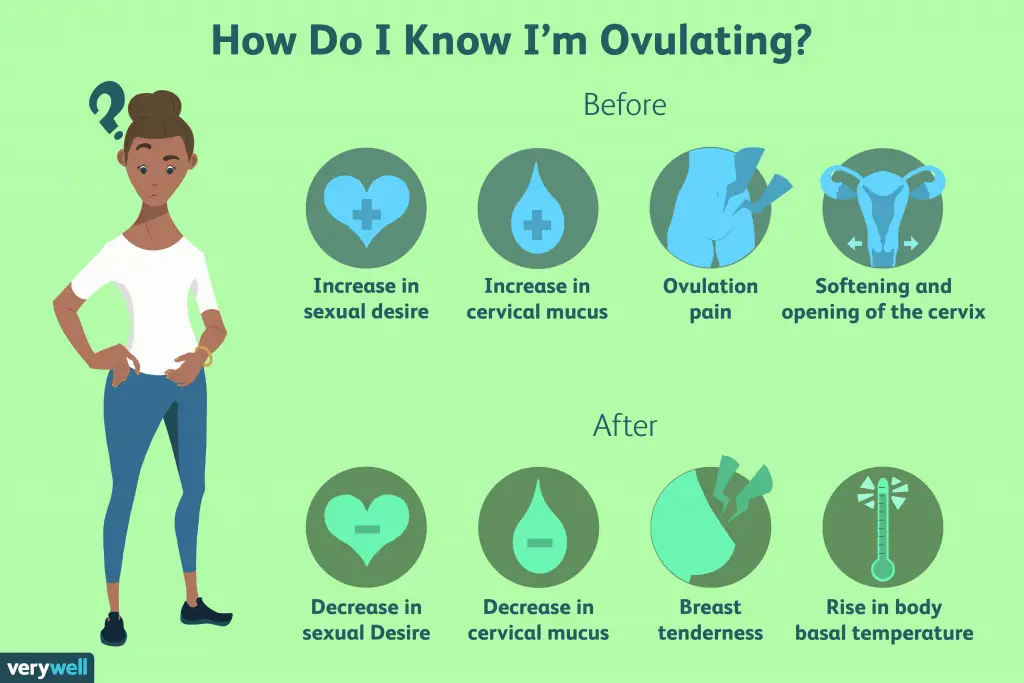 Pick a vitamin with folic acid included in the ingredient list. Start taking these while you’re trying to conceive, if possible. This is because the folic acid can help prevent complications during fetal development.
Pick a vitamin with folic acid included in the ingredient list. Start taking these while you’re trying to conceive, if possible. This is because the folic acid can help prevent complications during fetal development. - Call your healthcare provider for an appointment. This appointment might not happen for several weeks — but it’s a good idea to call your provider and make an appointment.
- Make sure to pursue healthy habits like not drinking alcohol or smoking during pregnancy. You may also want to limit the amount of caffeine you consume each day during pregnancy.
Additional Details
Will an ectopic pregnancy show up on a pregnancy test?
Yes, you’ll still have a positive result on a pregnancy test if you have an ectopic pregnancy.
A note from Cleveland Clinic
Pregnancy tests are how a person finds out if they’re pregnant. Most people take a pregnancy test at home using their pee. However, you can also take a pregnancy test at your provider’s office using a blood sample or pee.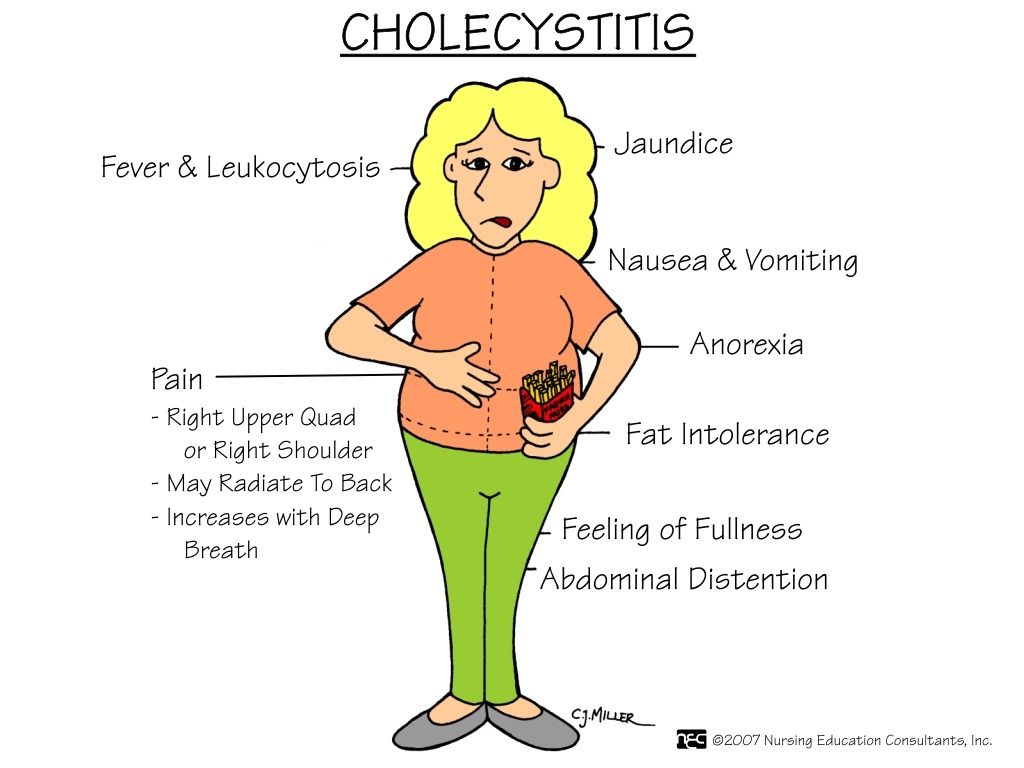 For the most accurate results, wait until you miss your period to take a home pregnancy test. If you use pregnancy tests correctly, the results are 99% accurate. Contact your healthcare provider if you have questions about the results of your pregnancy test.
For the most accurate results, wait until you miss your period to take a home pregnancy test. If you use pregnancy tests correctly, the results are 99% accurate. Contact your healthcare provider if you have questions about the results of your pregnancy test.
Early toxemia of pregnancy - causes and treatment
- When does early toxemia begin during pregnancy
- Manifestation of early toxicosis
- Causes of early toxicosis
- Severity of toxicosis during pregnancy
- How to manage morning sickness and relieve symptoms
- Principles of treatment of early toxicosis
Most women, having barely learned about the onset of pregnancy, expect to feel unwell, bouts of nausea and even vomiting. Indeed, early toxicosis often becomes a constant companion of many expectant mothers in the early stages of pregnancy. Is there any way to alleviate these unpleasant symptoms?
Toxicosis (and doctors call this condition gestosis) is a syndrome that is defined as a violation of a woman's adaptation to pregnancy.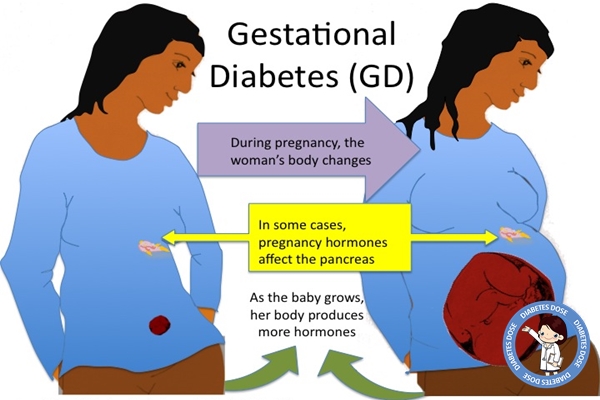 According to the time of occurrence, early preeclampsia is distinguished, which will be discussed in this article, and late preeclampsia, which appears in the last 2-3 months of pregnancy and is manifested by edema, increased blood pressure and the appearance of protein in the urine.
According to the time of occurrence, early preeclampsia is distinguished, which will be discussed in this article, and late preeclampsia, which appears in the last 2-3 months of pregnancy and is manifested by edema, increased blood pressure and the appearance of protein in the urine.
When early morning sickness begins in pregnancy
Early morning sickness usually occurs in the first half of pregnancy. As a rule, after the end of the formation of the placenta, that is, at 12-13 weeks of pregnancy, the phenomena of toxicosis stop. During a normal pregnancy, adaptive changes in the function of almost all organs and systems occur in a woman's body, which are regulated by the nervous system with the participation of endocrine glands. Toxicosis also occurs due to the impossibility of the adaptive mechanisms of the body of the expectant mother to adequately meet the needs of the developing fetus.
Manifestation of early toxicosis
The most common manifestation of toxicosis is vomiting.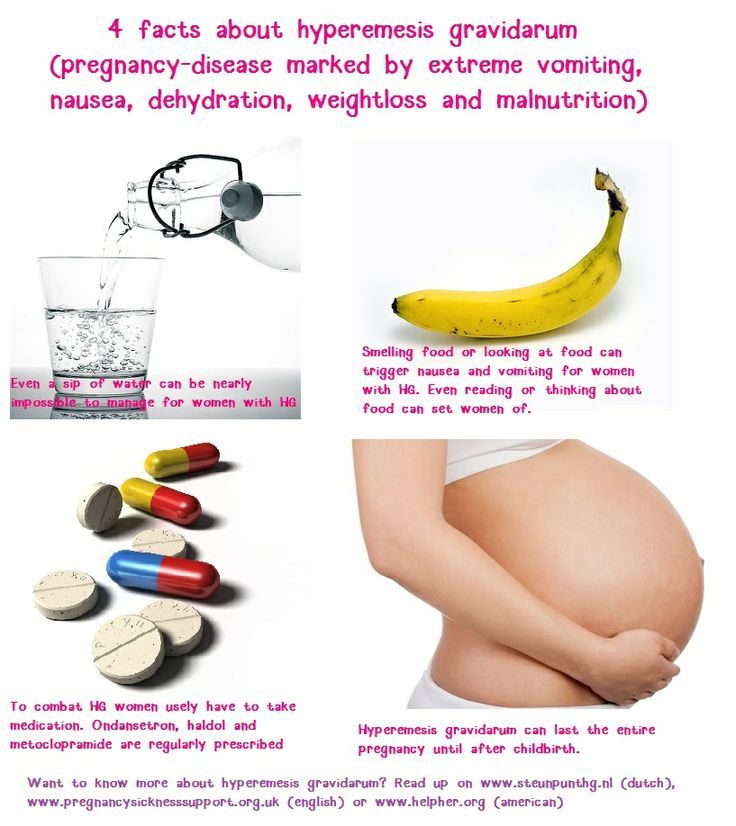 Other forms of early toxicosis are very rare:
Other forms of early toxicosis are very rare:
- pregnancy dermatosis is a group of skin diseases that occur during pregnancy and disappear after it. When it occurs in early pregnancy, dermatosis is caused by immune disorders in the body of a pregnant woman, and is also most often found in patients with diseases of the digestive and endocrine systems. The most common form of dermatoses of pregnancy is pruritus gravidarum, which can be on a small area of the skin or spread throughout the body, including the feet and palms.
- tetany (chorea) of pregnant women. This condition occurs when the function of the parathyroid glands decreases, as a result of which calcium metabolism in the body is disturbed. Clinically, the disease is manifested by muscle cramps, more often cramps occur in the fingers, sometimes in the muscles of the face.
- salivation - increased secretion of saliva, in connection with which there is a large loss of fluid (up to 1 liter per day).
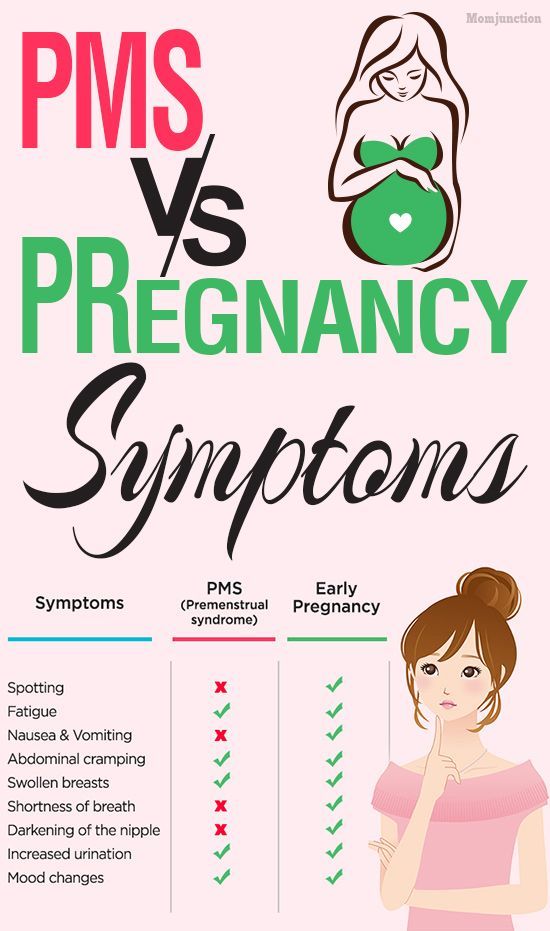 Salivation can be an independent manifestation of toxicosis or accompany vomiting of pregnant women. In the development of salivation, not only changes in the central nervous system are important, but also local disturbances in the salivary glands and their ducts under the influence of hormonal changes.
Salivation can be an independent manifestation of toxicosis or accompany vomiting of pregnant women. In the development of salivation, not only changes in the central nervous system are important, but also local disturbances in the salivary glands and their ducts under the influence of hormonal changes. - Pregnancy bronchial asthma is an extremely rare form of preeclampsia.
- osteomalacia of pregnancy - softening of the bones due to a violation of the metabolism of calcium and phosphorus, while the bones of the pelvis and spine are more often affected
- neuropathy and psychopathy of pregnant women.
Causes of toxicosis in the early stages
There are many theories trying to explain the causes and mechanisms of early toxicosis: the most recognized are the so-called neuro-reflex and immunological.
According to the neuro-reflex concept , vomiting occurs as a result of a violation of the relationship between the cerebral cortex and subcortical structures. During pregnancy, the subcortical centers of the brain begin to work more intensively than usual, which are responsible for most protective reflexes, including breathing and cardiac activity. In the same areas of the subcortical structures are the vomiting and salivary centers, the nuclei of the olfactory system of the brain. Excitation processes also capture them. Therefore, nausea and vomiting may be preceded by such phenomena as deepening of breathing, increased heart rate, an increase in the amount of saliva, pallor due to vasospasm, and a change in smell.
During pregnancy, the subcortical centers of the brain begin to work more intensively than usual, which are responsible for most protective reflexes, including breathing and cardiac activity. In the same areas of the subcortical structures are the vomiting and salivary centers, the nuclei of the olfactory system of the brain. Excitation processes also capture them. Therefore, nausea and vomiting may be preceded by such phenomena as deepening of breathing, increased heart rate, an increase in the amount of saliva, pallor due to vasospasm, and a change in smell.
Immunological disorders play a certain role in the development of preeclampsia . The timing of the onset of vomiting usually coincides with the formation of blood circulation in the placenta, increased reproduction of white blood cells - lymphocytes, which are involved in immune reactions. The fetus is foreign to the mother's body, and her immune system reacts to it in this way. After the full maturation of the placenta, which accumulates all these immune cells, toxicosis usually disappears.
Human chorionic gonadotropin (hCG) plays a certain role in the development of vomiting during pregnancy. This hormone is produced by the placenta during pregnancy. Its high concentration can provoke vomiting.
The severity of toxicosis during pregnancy
The main symptom of early toxicosis of pregnant women is vomiting. Depending on the frequency of its occurrence, as well as the degree of metabolic disorders in the body of the expectant mother, doctors distinguish three degrees of severity of vomiting during pregnancy.
How to manage morning sickness and relieve symptoms
Treatment for mild morning sickness is usually done at home. But, nevertheless, a pregnant woman should be under the supervision of doctors, take all the tests recommended by the doctor, and follow the appointments. This will allow the doctor to monitor the condition of the future mother's body and prevent possible complications in time. A woman needs to organize a normal sleep and rest regimen, walks in the fresh air, a calm atmosphere in the family are shown.
Proper nutrition
You need to eat in small portions, fractionally, every 2-3 hours. Food should be easily digestible, high-calorie and fortified whenever possible. In connection with a decrease in appetite, they recommend varied and pleasant food for the expectant mother, that is, products are selected taking into account the desires of the pregnant woman, with the exception of spicy dishes and smoked meats. It is important to remember that very hot or very cold food often induces vomiting, so the dishes should be warm. Reception of alkaline mineral waters in small volumes 5-6 times a day is shown.
If nausea and vomiting occur in the morning, immediately after waking up, it is recommended to have breakfast while lying in bed without getting up. For breakfast, you can eat dry crackers, crackers, drink tea or water with lemon, light yogurt is allowed. It is better to put all this next to the bed in advance or ask someone to bring breakfast.
Every woman chooses for herself a remedy that helps to fight nausea. Someone helps a slice of orange, lemon or apple, some expectant mothers carry crackers or mint sweets with them to alleviate the symptoms of toxicosis. Pumpkin juice has a good antiemetic effect. Many pregnant women benefit from ginger tea. It is prepared very simply:
Someone helps a slice of orange, lemon or apple, some expectant mothers carry crackers or mint sweets with them to alleviate the symptoms of toxicosis. Pumpkin juice has a good antiemetic effect. Many pregnant women benefit from ginger tea. It is prepared very simply:
ginger root finely chopped or grated on a coarse grater is poured with boiling water and infused for 15-20 minutes. Tea can be drunk warm or chilled, adding lemon, mint or honey to it.
Fats and proteins of animal origin are recommended to be consumed in the morning, when pancreatic enzymes are more active. Dairy products are best eaten after dinner or before bed.
Do not use food with preservatives, broiler meat, fast food, fast food.
To maintain metabolic processes in the body, it is advisable to drink 2-2.5 liters of fluid per day. With increased vomiting, it is not recommended to consume solid and liquid food at the same time. Liquids should not be drunk 30 minutes before and within 1.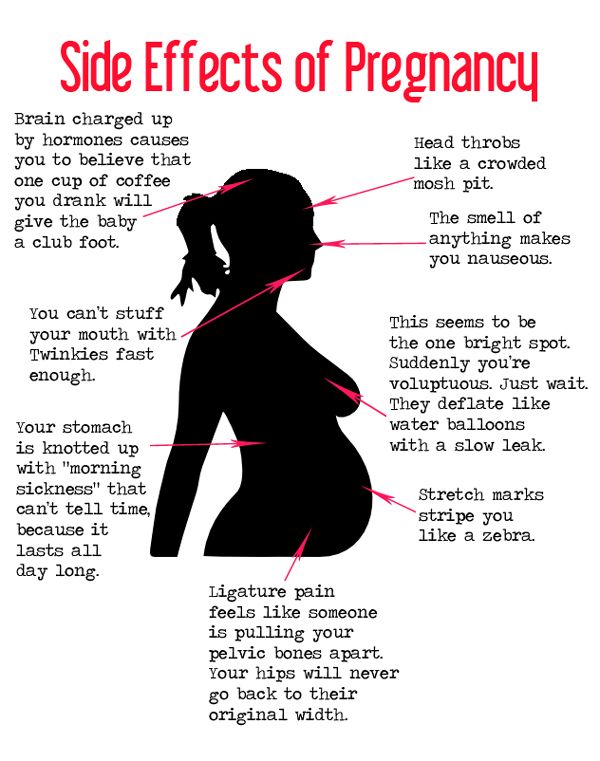 5 hours after eating, as this provokes vomiting by stretching the walls of the stomach and affecting the receptors.
5 hours after eating, as this provokes vomiting by stretching the walls of the stomach and affecting the receptors.
Decoctions and infusions
Oat broth
As an enveloping agent, that is, a substance that forms a mucous film and prevents irritation of receptors on the walls of the stomach and intestines, oat broth is recommended. It is prepared as follows: 2-3 tbsp. spoons of oat grains are washed, pour 500-700 ml of water, boil over low heat under a lid for 30 minutes. The broth is drained, the grains are crushed and poured with new water and boiled until fully cooked. The resulting mass is crushed with a blender. You need to use the decoction on an empty stomach and in the evening before going to bed, but not earlier than 2 hours after dinner, and also throughout the day in small portions.
It has a particularly good effect in combination with rosehip infusion.
Rosehip infusion
This infusion is a good source of vitamins and microelements - it contains vitamins C, K, P and PP, potassium, manganese, iron, and contributes to the normalization of the gallbladder function. To prepare it, you need 1 tbsp. pour a spoonful of crushed rose hips with 250 ml of boiling water and insist in a thermos for about 2 hours.
To prepare it, you need 1 tbsp. pour a spoonful of crushed rose hips with 250 ml of boiling water and insist in a thermos for about 2 hours.
The following infusions and decoctions contribute to reducing nausea and improving the condition of the expectant mother.
Phytonast
Take equally: valerian root, common anise fruits, fireweed leaves, linden flowers, marigold flowers, common blueberry shoots, blood-red hawthorn fruits. 1 st. Pour 500 ml of boiling water over a spoonful of the mixture ground in a coffee grinder and insist in a thermos for 2 hours, then strain. Take the infusion as needed, up to 6 times a day in a heated form, 1/3 cup.
Benediktov's collection
To prepare this collection you will need: common yarrow (10 g), peppermint herb (20 g), shepherd's purse herb (20 g), valerian officinalis rhizomes (10 g), calendula officinalis inflorescences (20 g) and inflorescences of chamomile officinalis (20 g). Pour 10 g of the mixture with 400 ml of water, soak in a water bath for 30 minutes, strain.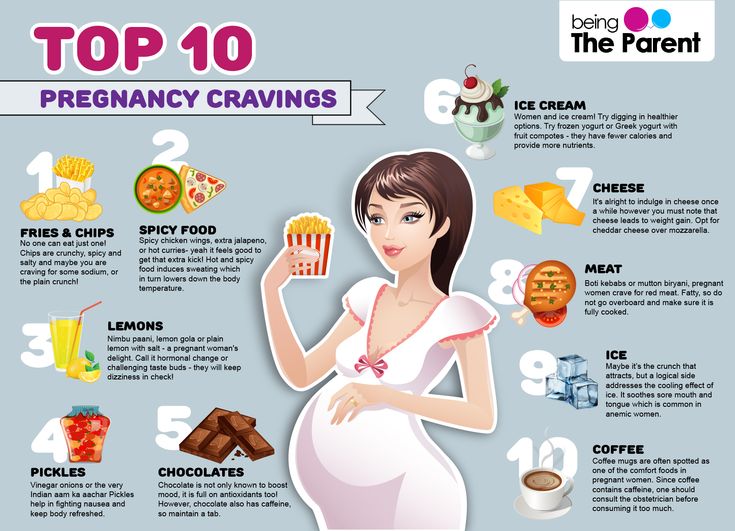 Take 50 ml 6 times a day for 25 days, three courses with 15-day breaks.
Take 50 ml 6 times a day for 25 days, three courses with 15-day breaks.
Viburnum with honey
Grind 2 tbsp. tablespoons of fresh viburnum berries, pour 250 ml of boiling water over them, heat for 10 minutes in a water bath, strain, add a little honey. Take 1/3 cup of warm infusion before meals 3-4 times a day.
Cranberries with mint, honey and lemon
Squeeze the juice from 250 g of cranberries, cool it, boil the pulp in 1 liter of water, add 1 tbsp. a spoonful of mint leaves and leave for 15 minutes under the lid. Strain, dissolve in a hot broth 2-3 tbsp. tablespoons of honey, let cool to room temperature, add chilled cranberry juice and a slice of lemon. Drink 0.5 cup after meals or when nausea occurs.
Rose hips with apples
Crushed rose hips (about 1 tbsp) pour 250 ml of boiling water, add 0.5 tbsp. tablespoons of dried apples, heat in a water bath for 15-20 minutes. This drink can be consumed throughout the day instead of tea.
Rosehip with garden berries
To make a drink you will need: 1 tbsp.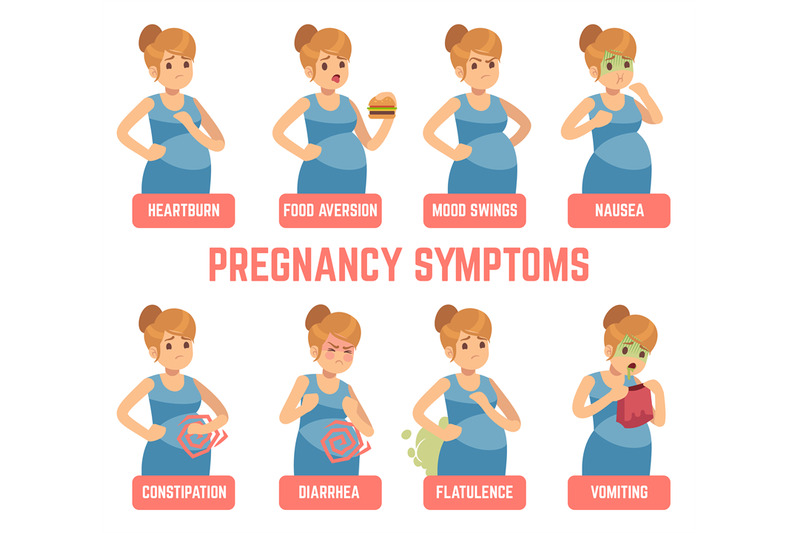 a spoonful of rose hips, 1 tbsp. spoon of raspberries, 1 tbsp. spoon of blackcurrant leaves, 1 tbsp. a spoonful of lingonberry leaves. 2 tbsp. spoons of the mixture pour 500 ml of boiling water, boil for 5 minutes, leave for 1 hour, strain. Take 100 ml of decoction 3 times a day.
a spoonful of rose hips, 1 tbsp. spoon of raspberries, 1 tbsp. spoon of blackcurrant leaves, 1 tbsp. a spoonful of lingonberry leaves. 2 tbsp. spoons of the mixture pour 500 ml of boiling water, boil for 5 minutes, leave for 1 hour, strain. Take 100 ml of decoction 3 times a day.
Therapeutic exercise
Among non-drug treatments, exercise therapy has a good effect. The complex of exercises includes walking, deep breathing with stretching of the muscles of the trunk and limbs. It is necessary to exclude inclinations, they can increase nausea. The complex includes dynamic exercises for training the muscles of the arms, legs, relaxation exercises. Remedial gymnastics also includes training in breathing techniques. As a result, the body is saturated with oxygen, the excitability of the vomiting center decreases - toxicosis is relieved.
Physiotherapeutic procedures
Physiotherapeutic procedures for the treatment of early toxicosis include electrosleep, acupuncture, laser therapy .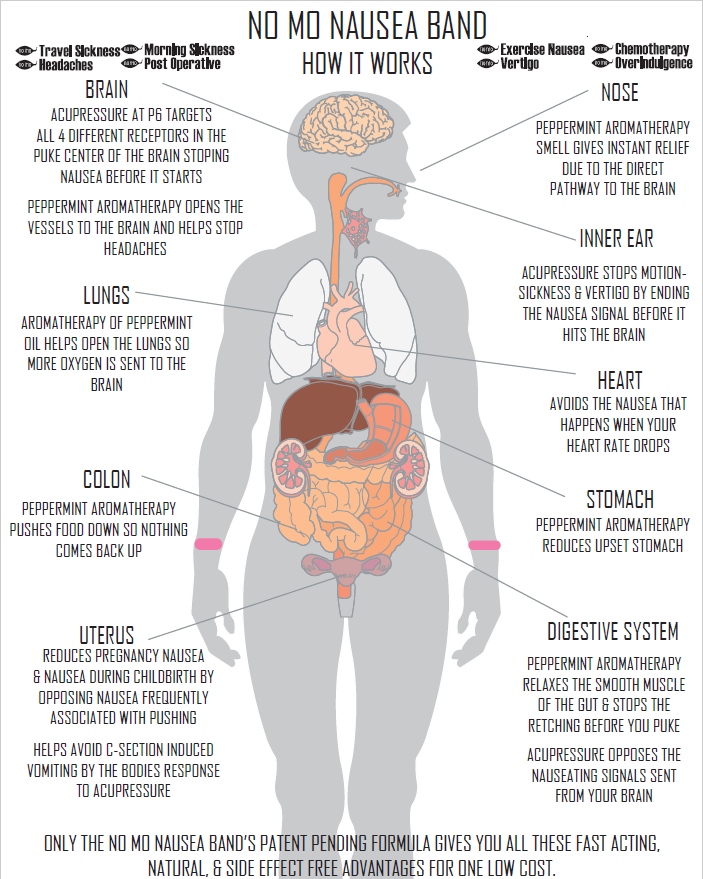 Electrosleep is a method that uses low frequency currents to induce sleep. The duration of the procedure is from 60 to 90 minutes, the course of treatment is 6-8 sessions.
Electrosleep is a method that uses low frequency currents to induce sleep. The duration of the procedure is from 60 to 90 minutes, the course of treatment is 6-8 sessions.
Laser therapy
In the complex therapy of early toxicosis, blood is irradiated with a helium-neon laser through a light guide passed through a needle placed in the cubital vein. The procedure lasts 15-20 minutes. The therapeutic effect is achieved due to the influence of the laser on blood cells, changes in its properties, accumulation of biologically active substances in the blood. As a result, the metabolism in cells changes, the resistance of tissues and the body to adverse conditions increases, and the vitality increases.
Acupuncture, acupuncture
Treatment methods based on stimulation of biologically active points and zones on the body and face. With early toxicosis, such an effect changes the tone of the nervous system of a pregnant woman. A session of acupuncture is carried out 1-2 times a week and lasts 15-30 minutes.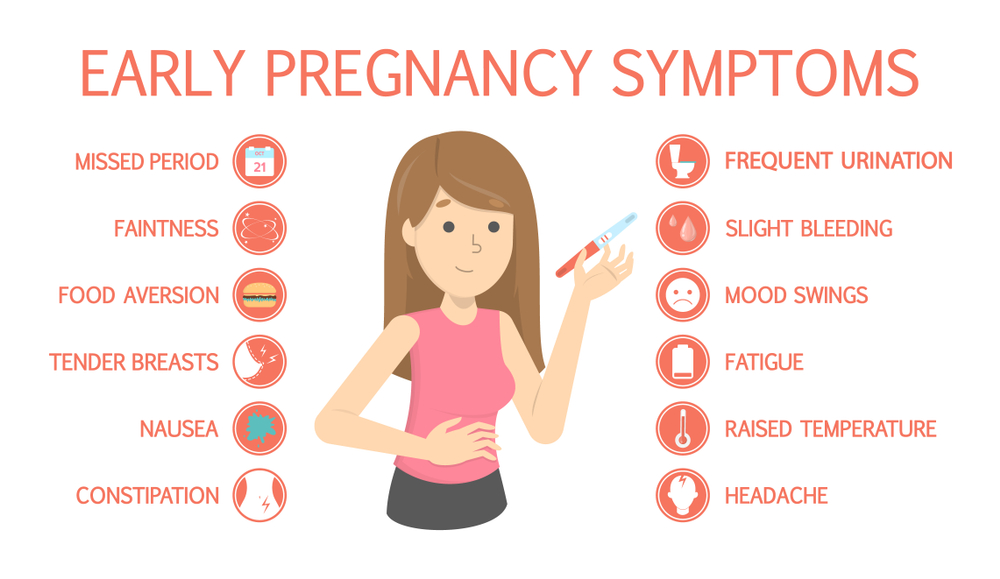
Acupressure method is effective for morning sickness and vomiting of pregnant women. To do this, you need to press your finger on a point that is located on the inside of the wrist, in the middle, 3 transverse fingers above the palm.
Aromatherapy
The use of plant aromas has a positive effect on the expectant mother and baby. By inhaling pleasant aromas, you can achieve a good psychological effect, create a good mood, and reduce the effects of toxicosis. During pregnancy, aroma lamps, aroma medallions, pads - sachets are mainly used. To relieve nausea and vomiting, oils of noble laurel, lemon, lavender, cardamom present, dill, lemon balm, peppermint, anise, eucalyptus, ginger are suitable. To flavor the air, you can use the following mixture 0 3 drops of lavender oil, 1 drop of peppermint oil, 1 drop of eucalyptus oil.
Principles of treatment of early toxicosis
Even with a mild course of early toxicosis of pregnant women, the attending physician will definitely prescribe a number of tests - a general blood test, a general urinalysis, a biochemical blood test, a hemostasiogram.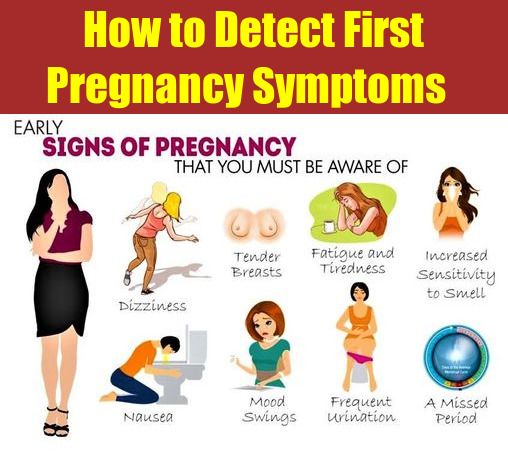 This is necessary to control the condition of a pregnant woman and to timely prescribe medications to correct the changes that occur in the body.
This is necessary to control the condition of a pregnant woman and to timely prescribe medications to correct the changes that occur in the body.
If non-drug remedies are ineffective, the doctor prescribes medications that help fight toxicosis. First of all, these are herbal sedatives, homeopathic medicines for nausea, vitamin B6 preparations, antiemetics.
If, despite all the therapy, vomiting increases, the doctor detects changes in blood and urine tests, and body weight continues to progressively decrease, hospitalization is indicated.
An intravenous infusion of medicines is carried out in the hospital, which restores the fluid, microelements and proteins lost by the body. A pregnant woman receives at least 2-2.5 liters of fluid intravenously per day.
To improve blood flow through the placenta and improve oxygen supply to the fetus, oxygen therapy can be prescribed - inhalation of an oxygen-air mixture for 20-30 minutes twice a day.
Most often, the effects of toxicosis gradually decrease by 12-13 weeks of pregnancy.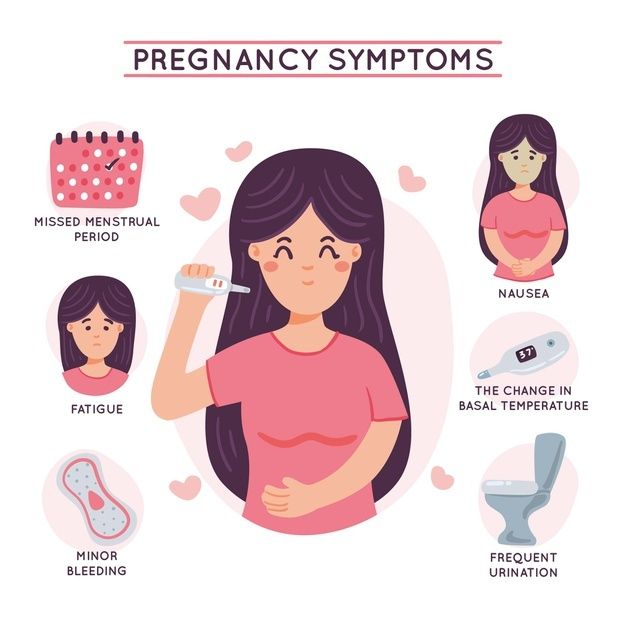
Mild
Mild vomiting on an empty stomach or after meals occurs 3 to 5 times a day. Despite vomiting, part of the food is still retained and significant weight loss is not observed in such pregnant women. The general condition does not suffer significantly, there are no changes in blood and urine tests. Such vomiting is easily treatable with various non-drug means, and often resolves on its own after the normalization of the diet and rest.
Moderate vomiting
Moderate vomiting (or moderate vomiting) is expressed in the increase in vomiting up to 10 times a day, regardless of food intake. Characterized by persistent nausea. There comes dehydration of the body, a decrease in body weight by 3-5 kg (6% of the initial weight). The general condition of pregnant women worsens. Expectant mothers complain of weakness, apathy, tearfulness, sometimes depression. The skin is pale, dry, the tongue is covered with a white coating, yellowness of the skin may be noted.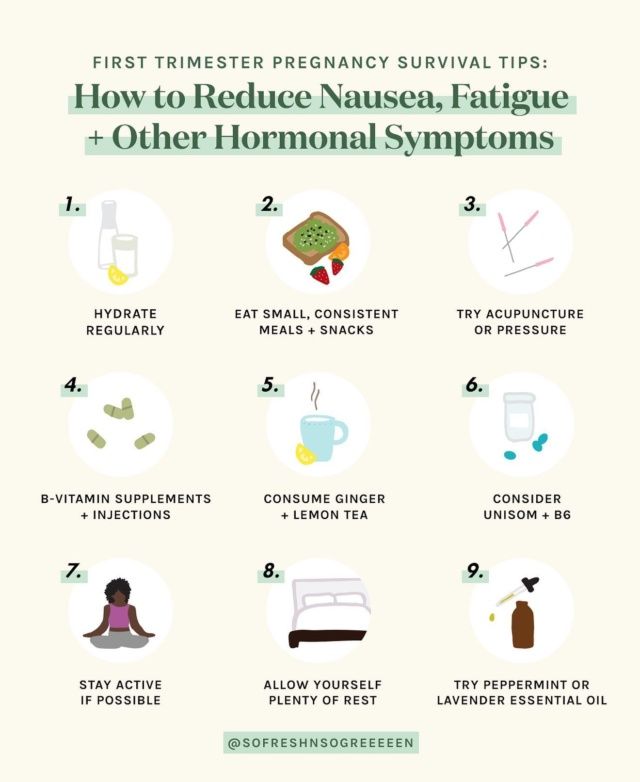
Excessive vomiting
Severe (excessive pregnancy vomiting) is rare. The frequency of vomiting up to 20 times a day or more. Excessive vomiting is characterized by severe dehydration and intoxication. This condition can occur as a continuation of moderate vomiting of pregnant women or initially acquire a severe character. With excessive vomiting, body weight decreases rapidly, on average by 2-3 kg per week, the skin becomes dry and flabby, subcutaneous fat quickly disappears, the tongue and lips are dry, there is a smell of acetone from the mouth, body temperature can rise up to 38 degrees. Vomiting of moderate and severe degrees is treated in a hospital.
When early morning sickness begins and how to deal with it during pregnancy
Early morning sickness of pregnancy is a condition that causes a lot of suffering for a woman. Some feel "trick" even before the delay, while for others it all starts from 5-6 weeks. Obstetrician-gynecologist Galina Vladimirovna Ovsyannikova talks about the causes of toxicosis and ways to alleviate it.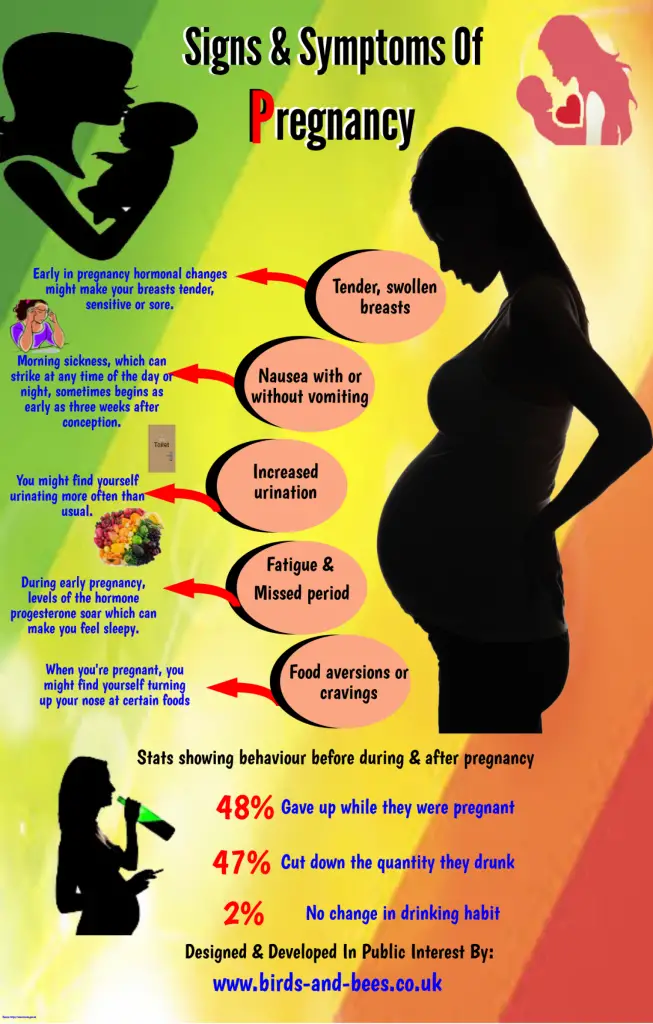
Symptoms of toxicosis
Eating habits change drastically, hypersensitivity to odors, nausea, irritability appear, constantly wanting to sleep.
Rarely appear uncontrollable salivation, subfebrile temperature, vomiting.
This condition usually takes the woman by surprise. After all, she needs to continue working, taking care of her family, she has a lot of things planned. With this, she goes to the doctor, already pretty tired and with a sad look. And we're starting to figure it out.
First of all not everyone suffers from toxicosis. Some simply eat everything and do not gain weight, or even lose weight, and this manifests their toxicosis. These women are lucky. Although they also manage to worry about this, as they have heard enough "as it should be" from their friends.
Secondly, the severity of toxicosis depends on the state of the nervous system, lifestyle and "similarity" of the baby to his mother in terms of protein composition.
And more about that.
Toxicosis: why and for what?
- Nervous system. It has been noticed that toxicosis is most pronounced in anxious women, leaders, doctors, teachers, that is, people with increased nervous stress. And, by the way, note that animals do not have such toxicosis as humans do. They do not take on "the entire world responsibility" and therefore they do not feel sick or vomit. At most, females sleep a lot and retire to save energy.
- Lifestyle. If a woman enters pregnancy not in a resource state, tired, exhausted, slagged from poor nutrition and lack of water, and even after some kind of illness, poisoning, herpetic manifestation, SARS, then the body will try to "put the woman to bed" in order to sleep, rest, gain strength, eat different foods to replenish supplies. Everything is logical. This is a smart move in the fight for survival.
- Any person has a unique genetic code, which is laid already at the moment of fertilization.
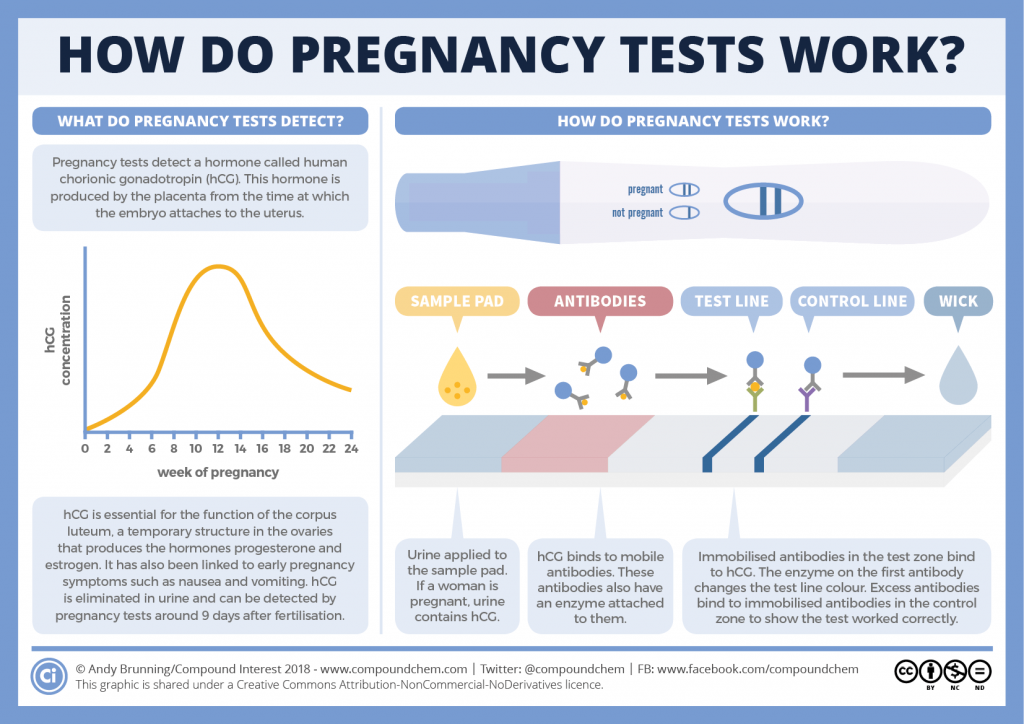 And how different it will be from the mother's code, toxicosis will be so pronounced. To make it clearer, there are people who are so similar in this code, protein composition, that their organs can be transplanted to each other and they will take root. And others, on the contrary, are not at all similar, and if, for example, a kidney is transplanted from such a person, then it will be rejected. Also here. If a child has inherited a similar genetic code, then intoxication from getting his protein into the mother's blood will be less. And vice versa. As pregnancy progresses and the placenta forms between the body of the mother and child, a placental barrier is formed. And toxicosis decreases: therefore, in most women, it disappears by the 12th week.
And how different it will be from the mother's code, toxicosis will be so pronounced. To make it clearer, there are people who are so similar in this code, protein composition, that their organs can be transplanted to each other and they will take root. And others, on the contrary, are not at all similar, and if, for example, a kidney is transplanted from such a person, then it will be rejected. Also here. If a child has inherited a similar genetic code, then intoxication from getting his protein into the mother's blood will be less. And vice versa. As pregnancy progresses and the placenta forms between the body of the mother and child, a placental barrier is formed. And toxicosis decreases: therefore, in most women, it disappears by the 12th week.
How to survive?
There are no common recipes for all: we are all different and each has its own reason for toxicosis. But still there are rules that help most women:
- Get more rest and sleep. Sleep whenever possible and the body asks.
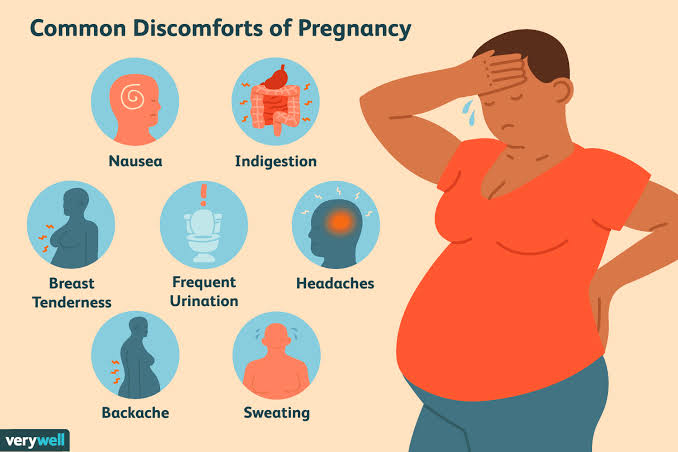 A woman with severe toxicosis is almost always helped by a sick leave of 5 days.
A woman with severe toxicosis is almost always helped by a sick leave of 5 days. - Avoid long breaks in eating. Eat light and high-calorie meals every 3 hours. Banana, dates, dried fruits, sweet yogurt often help. It's not scary if there is a roll or a cookie. All this is quickly digested, assimilated and gives you energy. But it is better to refrain from meat, fish, fatty and multi-component dishes (for example, Olivier salad). It is a difficult food to digest and assimilate. You will have to experiment with fiber. During pregnancy, constipation is often due to a relaxed - in company with the uterus - intestines. And in this case, rough raw fruits and vegetables will start peristalsis and regulate stools, but in some they cause gas and unpleasant colic in the stomach. So you have to try.
- Nausea is very often especially pronounced in the morning, after sleep. This is due to the large hungry interval. To ease the feeling, try to have a light snack right before bed.
